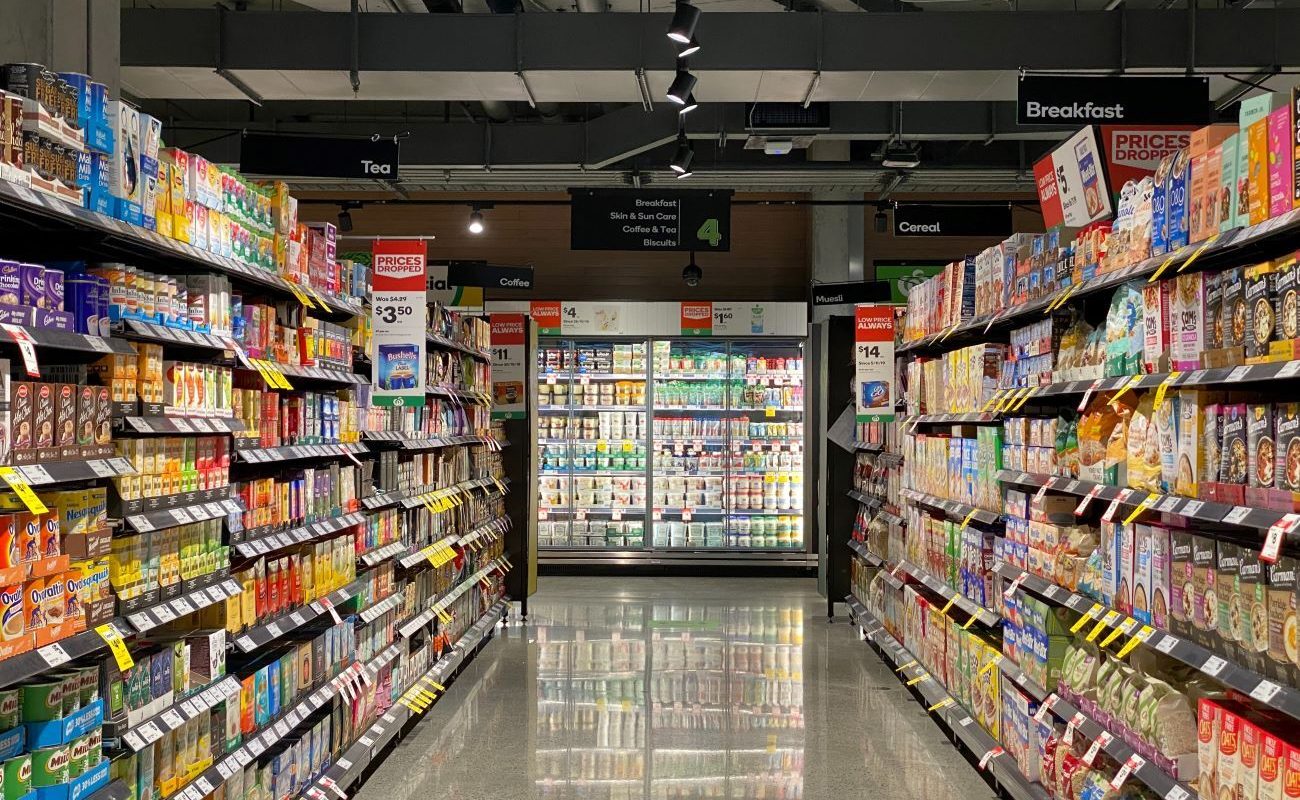Telecom & Technology Consulting

Technology has always played an integral role in the success and growth of grocery stores. From the advent of the shopping cart to electronic cash registers to barcode scanning, innovation has continually improved the shopping experience while boosting sales.
Now technology is shaping the grocery industry once again. That’s because the global pandemic that began in 2020 caused inflation, stifled supply chains, and created a labor shortage the likes we haven’t experienced since the dawn of the industrial revolution. On top of that, due to rising grocery prices, consumers are actively seeking ways to get more for their money.
These forces have greatly affected the food and grocery industry, which in turn is causing its leaders to use technology to reverse the negative trends. Specifically, retailers and grocers are relying even more on automation and artificial intelligence to identify how to optimize their supply chains and slash operating costs.
The industry is also doing its best to adapt to the new consumer behavior and shopping habits spawned during the pandemic. As we all know, almost as soon as “COVID” became part of our language, people started doing most (if not all) of their shopping online. In fact, at the peak of the pandemic in mid-2020, up to 30% of grocery shopping was conducted via ecommerce.
Interestingly, the trends have gone back and forth. A recent survey showed that total online grocery sales increased by almost four percent from 2021 to 2022, yet today many consumers would rather do the shopping themselves.
This is why grocery store chains are refocusing on the omnichannel experience, which was the top-of-mind retail strategy just a few years ago – but seemed to disappear from the industry lexicon. Omnichannel brings together e-commerce, digital, and brick-and-mortar by using technology that allows consumers to have the same experience no matter how they choose to shop.
Technology is helping grocers with another result of the pandemic: the lack of workers. “The Great Resignation” saw millions of people leave their jobs during 2020 and 2021, creating a massive shortage of labor in both stores and distribution centers. As the dominoes tumbled, consumers saw empty shelves and longer lines at the checkout counter. And unfortunately, although we’re now in 2023, the problem persists.
To overcome the shortage of workers, grocers are counting on artificial intelligence to predict labor needs throughout the week, day, and year. The technology can also help managers better plan delivery, stocking work, and other ongoing tasks.
The insights provided by artificial intelligence extend to inventory control and supply chain management. Specifcally, stores can minimize the manual labor associated with managing stock, and also improve stock deployment.
Facing fierce competition and nearly zero customer loyalty, it’s critical for grocers to maintain stock to as close to maximum as possible. If they don’t have what a consumer wants, they may lose that consumer not only for a specific transaction, but also for the long term. That’s why automated replenishment is so vital.
Leaders of grocery organizations understand all too well that their ability to replenish stock directly affects profits and growth forecasts. You have to know when to place orders for items to be available on the shelf – this also inherently involves handling, storage, and other aspects of the supply chain.
Accurate replenishment is challenging when ordering is conducted manually. Surprisingly, almost half of grocers manage inventory the old-fashioned way, meaning they can’t tell you how much stock they have at any particular time. This is even more surprising with companies who understand the value of technology, but don’t always deploy it where it can have the biggest impact on their strategic goals.
Leaders would be wise to implement an automated replenishment system, which constantly monitors stock and sales. This technology not only eliminates human error, it also anticipates demand based on sales and seasonal trends. With automated replenishment, teams can focus more on service and customer satisfaction.
In the minds of consumers, grocery stores are no different than any other retail outlet. They want convenience and choice – and they want it right away. Just like in the past, technology will provide what grocery stores require.